
Improving Opioid Stewardship for Acute Pain
As the country faces an unprecedented opioid epidemic, there’s an active national conversation about how inappropriate prescribing contributes to chronic opioid use, misuse, and addiction. Evidence is rapidly evolving to inform the policy debate, especially regarding best practices for prescribing in acutely painful conditions, like an injury or surgery, but the evidence is less clear […]
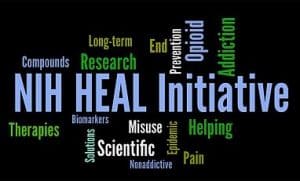
NIH HEAL Initiative
The National Institutes of Health (NIH) announced the Helping to End Addiction Long-Term (HEAL) Initiative in spring 2018. This trans-NIH initiative will provide an additional $500 million in funding. The HEAL initiative will target two priority areas for research: to improve treatments for opioid misuse and addiction and to enhance pain management. The initiative will […]
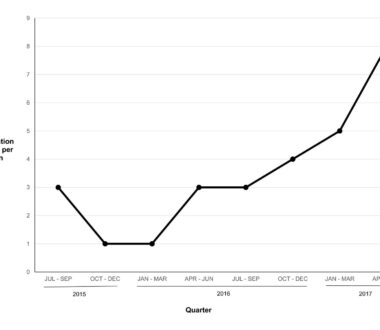
Implementation of a nationwide health economic consultation service to assist substance use researchers: Lessons learned
CHERISH investigators recently published findings and lessons learned from the implementation of CHERISH’s nationwide consultation service. The CHERISH Consultation Service is free to researchers, regardless of affiliation, whose work aligns with CHERISH’s mission and who would like to incorporate an economic analysis into their research. Interested researchers complete and submit a consultation request form online and are subsequently connected […]
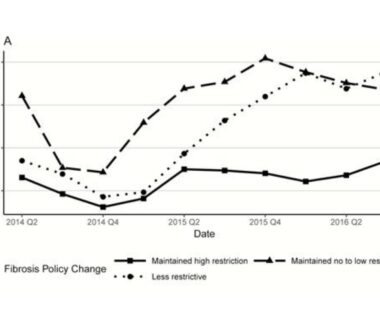
Two New Publications Address Expanding Access to HCV Care Among People Who Inject Drugs
Hepatitis C Virus (HCV) is one of the leading causes of infectious disease deaths in the United States. Injection drug use is a common route of HCV transmission and the annual number of reported cases continues to rise due to the opioid epidemic. Previous HCV treatment regimens had severe side effects and limited efficacy, but […]
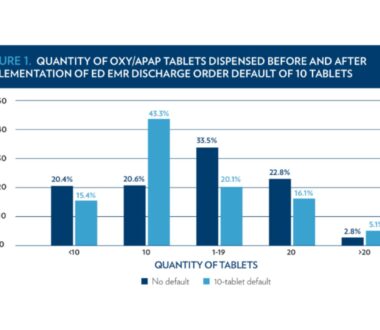
Association between Electronic Medical Record Implementation of Default Opioid Prescription Quantities and Prescribing Behavior in Two Emergency Departments
Key Findings Setting a low quantity of opioid tablets as the default option in electronic medical record prescribing orders may “nudge” clinicians to prescribe fewer opioids. When two emergency departments implemented a 10-tablet default instead of a manual entry, the proportion of 10-tablet prescriptions written more than doubled, from 20.6% to 43.3%. Conversely, 20-tablet prescriptions […]

Commercial Insurer Success in Increasing Adoption of Pharmacotherapy by Substance Use Disorder Treatment Programs
An estimated 13 million people in the US report non-medical use of prescription opioids in the previous year, of whom 2.5 million have opioid use disorders that require treatment. Only 10% of those with an opioid use disorder receive any type of specialty substance use treatment. Even fewer have access to pharmacotherapy including methadone maintenance, buprenorphine, or […]
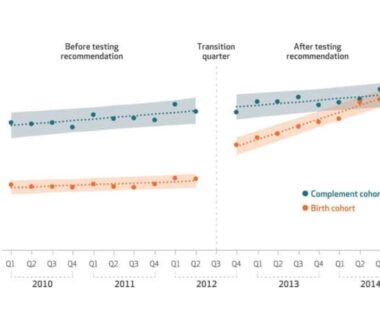
CDC Guidelines Change for HCV Testing in Baby Boomers: Success in Affecting Clinical Practice
Hepatitis C virus (HCV) is a communicable disease that could lead to liver cirrhosis and hepatocellular carcinoma affecting baby boomers and all people who inject drugs (PWID) in particular. There are over 19,000 HCV-related deaths in the United States annually. HCV can be cured using direct-acting antivirals that can also reverse HCV-related liver injury. In 2012, the […]
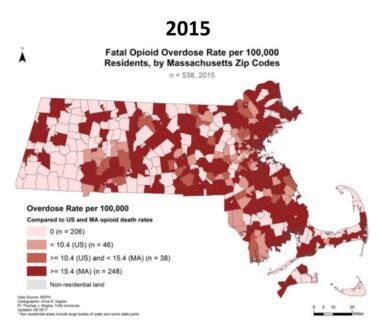
Burden of Opioid Epidemic Mapped in Massachusetts Using a Unique Dataset
Using a legislatively-mandated, integrated dataset, the Massachusetts Department of Public Health has published its first comprehensive look at the state’s opioid-related overdoses between 2011 and 2015. The dataset was created as part of 2015 “Chapter 55” legislation. It links information on an individual level across diverse state databases, including mental health data, jail and prison data, vital records, substance […]
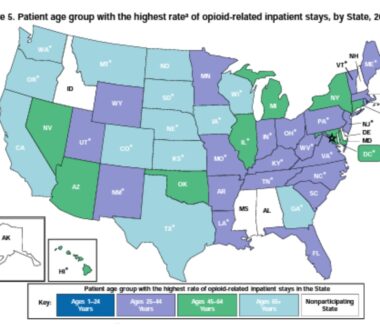
Increased Opioid-Related Inpatient stays and ED Visits
A recent statistical brief from the Agency for Healthcare Research and Quality (AHRQ) provides valuable information regarding patient characteristics for opioid-related inpatient stays and emergency department (ED) visits in the US and within 44 states and the District of Columbia. The brief comes from AHRQ’s Healthcare Cost and Utilization Project (HCUP), which is the largest all-payer encounter-level collection […]
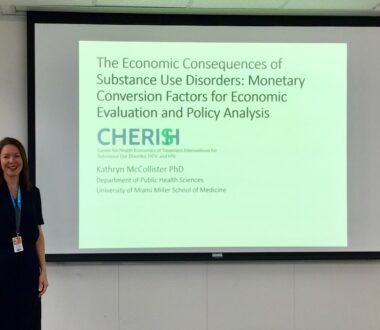
Monetary Conversion Factors for Evaluating Substance Use Disorder Interventions: New Resource for Researchers
The National Institute on Drug Abuse estimates that substance use disorders, comprising illicit drugs and alcohol use as well as smoking, cost the United States more than $740 billion per year. This includes the cost of crime, incarceration, lost productivity, and medical care. A recent study considered the economic consequences of heroin use specifically, finding […]

Medications for Opioid Use Disorder: Who is Receiving Which Treatment?
In response to the growing opioid epidemic in the United States, there is an increased focus on expanding evidence-based treatment using medications prescribed for substance use disorder, especially medications that can be prescribed in outpatient settings including buprenorphine and naltrexone. The Surgeon General’s report on facing addiction in America describes substance use disorders as chronic illnesses requiring […]

The Older Face of the Opioid Epidemic
In a recent report, the CDC tracks drug overdose deaths in the US between 1999-2015. The trends are not exactly what you might expect. Yes, given the recent press attention to the US opioid epidemic, the rates are predictable in that they are unacceptably high and increasing at a shocking rate. Age-adjusted drug overdose rates increased to 16.3 […]
Engage with CHERISH
Submit a Consultation Request or Contact Us to learn more about how CHERISH can support your research or policy goals.